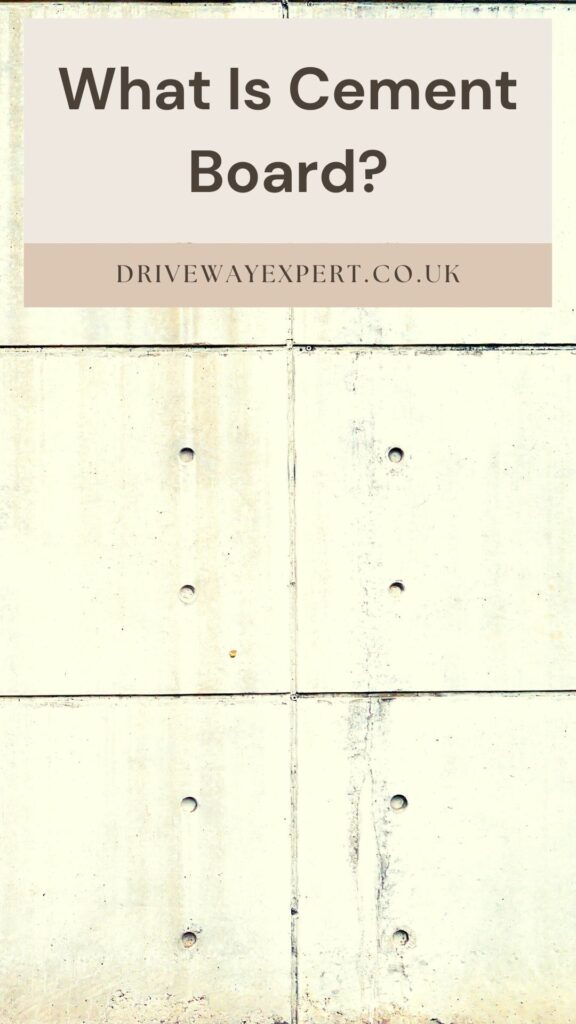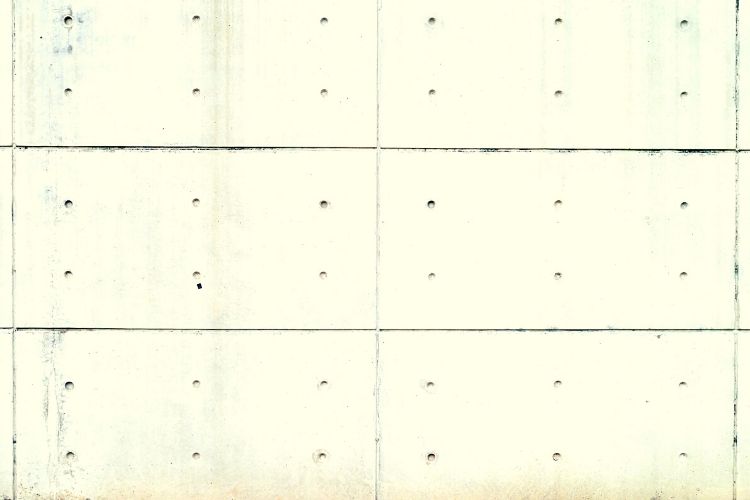When it comes to construction, there are a lot of materials out there. If you’re having a project done or want to do some DIY then you might need to use cement board. But this isn’t something that everyone is familiar with. So what is cement board and what is it used for?
Cement board is sold in sheets that are typically 4ft by 8ft and come in varying thicknesses. These boards are used as an underlayment for things like tiles as it improves stability and supports the structure.
In this short guide, we’ll take a closer look at the ins and outs of cement board, where you’ll use it and what its benefits are.

Table of Contents
What Is Cement Board Made From?
Cement board can be made in one of two ways; using cement and plant fibres or mixing cement with particle board. The main purpose of the cement is to hold the other materials together. Those other materials reinforce the structure meaning that the board is super strong and durable. However, there is a degree of flexibility in the boards making them more versatile in their use.
It doesn’t really matter which method of manufacturing is used to make a cement board as both end up being practically the same. In any case, they’ll both serve as an excellent backing material that can be used for indoor and outdoor applications. However, it is worth noting that cement boards made with plant fibres are slightly less thick.
Moreover, a lot of people comment that the plant fibre cement board seems to have a little more flex. The good thing about this is that the boards are less prone to cracking as you work with them.
What Is Cement Board Used For?
Cement boards are designed to be a backing material. They’re most commonly used underneath veneer or tiles and can improve the strength, durability and stability of the structure. Moreover, using cement boards make the structure more water resistant which is essential in preventing future damage.
You will typically secure the cement boards to a frame which can be made from either steel or wood so it’s incredibly versatile. Here are some of the things you can do with cement board.
- Siding and roofing. Some types of cement board are designed for house siding or roofing. These are usually much more resistant to water and can be sealed at the edges for further protection.
- Brick and stone veneer. Since brick and stone veneer require a very strong backing material, cement board is ideal. A lot of people might opt for drywall but this simply isn’t strong enough. You’ll simply need to screw the cement board to a wooden frame before installing the veneer and you’re good to go.
- Improving acoustics. Since cement board is a very dense product, it is ideal if you’re looking to improve the acoustics in an indoor setting.
- Worktops. You’ll often use cement board underneath a stone or tile worktop. Again, installation is really simple with the use of a wooden frame. Just be sure to seal the edges to make everything waterproof.
- Outdoor kitchens. When you’re constructing an outdoor kitchen or a bar then cement boards are invaluable for using between the wooden frame and the exterior brick or tiling.
How Do You Install Cement Board?
Earlier we mentioned that some people use drywall instead of cement boards. Generally speaking the former isn’t as strong and won’t serve the purpose as well. But the installation process is very similar. If you have ever installed drywall then you’ll find cement boards a breeze.
Before you do anything, you will need to make sure that you install a vapour barrier as this will prevent problems with mildew and corrosion.
You’ll want to apply adhesive to your chosen surface before installing the board using drywall screws. Where you are installing several cement boards, it’s really important to leave a small gap between each one because the boards may expand. Around ⅛ inch should be enough. However, if you are installing the boards in a humid environment such as a bathroom, leave a ¼ inch gap so that the boards don’t wick moisture.
When you have installed the boards, you will now need to fill the gaps using caulk; go for something silicone based as this is water resistant.
Why Cement Board Is So Good
When you install things like stone, brick or tile, they might look great but they’re not very water resistant. There are lots of small cracks which are often invisible to the naked eye but they’re there nonetheless and they will soak up moisture. This can then cause damage to the structure which will eventually need to be repaired.
With the simple addition of cement board, the structure’s water resistance is vastly improved and you won’t need to worry about structural issues down the line. Where drywall might not resist water very well, cement board is far more resistant and what’s more, if it does get wet, it won’t degrade like drywall will.
Conclusion
Cement board is a construction material that’s designed to improve the water resistance and strength of a tiled or bricked structure. It is easy to install and offers excellent protection for both indoor and outdoor projects, especially in humid or moist areas.

